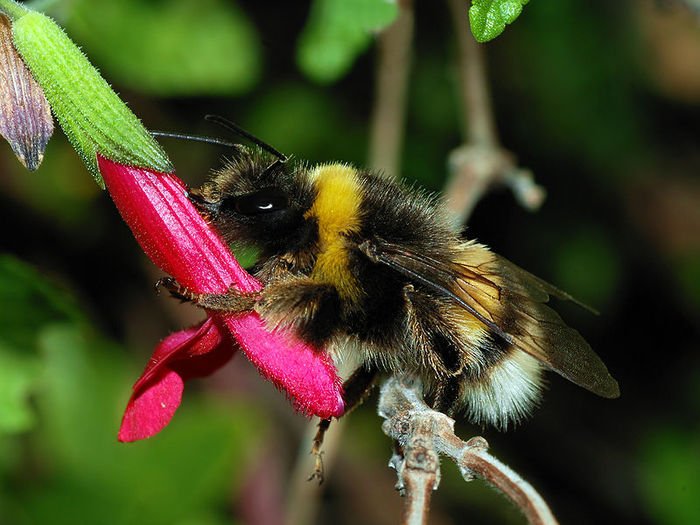LONDON, Jan. 20 (UPI) -- Individual bees produced by a colony exposed to a widely used pesticide hatch out at a smaller size and grow less, British researchers say.
Scientists at Royal Holloway University of London said they found the result in bumblebee colonies with prolonged exposure to a pyrethroid pesticide, used on flowering crops to prevent insect damage.















